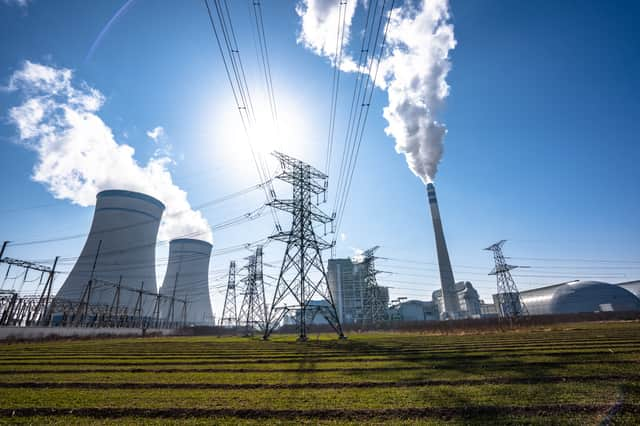New technology will help the UK to decommission old nuclear sites faster - full list of hotspots


The UK and Japan are co-developing new automated technologies that will help safely decommission old nuclear sites.
It has been reported that the new £12 million partnership aims to decommission legacy nuclear facilities faster, and will see robotics play an essential role in the bid to make these areas safe for humans.
Advertisement
Hide AdAdvertisement
Hide AdThe new technologies will help to decommission old nuclear sites, such as Fukushima in Japan, which was struck by the major earthquake in March 2011, prompting a nuclear emergency.
The UK has its own set of nuclear plants, eight of which are still operational. The country generates about 20 percent of its electricity from nuclear power, but almost half of current capacity is to be retired by 2025.
Two new power stations are under construction, with Hinkley Point C 1 due to open in 2025, and Hinkley Point C 2 due to open the following year.
Decommissioning a nuclear power plant is a long and painstaking process, taking an average of 50 years to complete. Although many plants around the UK are due to stop generating power, the process of dismantling them will last for many years to come.
Advertisement
Hide AdAdvertisement
Hide AdExisting UK nuclear sites around the country
Calder Hall
In the 1950s, the UK opened the world’s first commercial nuclear power station, and in 1956 it began to supply nuclear electricity to the public grid for the first time. The station was a small scale Magnox reactor, which had a design life of 20 years, but the majority ran for at least twice as long. It was closed on 31 March 2003.
In 2019, as part of the decommissioning, the final fuel was taken out, after 47 years of operation. As current plans stand, by 2027 only four reactor buildings will be left of the original Calder Hall complex.
Over its lifetime, Calder Hall produced enough electricity to power a three bar radiator for 2.85 million years.
Sizewell
The Sizewell nuclear site is located in Suffolk and consists of two nuclear power stations - one still active, and one decommissioned. Sizewell A had two Magnox reactors, and was opened in 1967. The power station was shut down in 2006, with defueling and removal of most buildings expected to take until 2034. The care and maintenance phase will continue from 2034 to 2092.
Advertisement
Hide AdAdvertisement
Hide AdSizewell B is currently still active and has an estimated decommissioning date of 2035. The plant is the UK’s only Pressurised Water Reactor, and is also the most modern nuclear power station in the UK.
Sizewell Nuclear Site is located on the shore of a beach, near Sizewell fishing village. The beach is still safe to visit, with the Environmental Agency insisting that there are “no safety of environmental concerns and no risk to members of the public”.
Hinkley Point
Hinkley Point is located on the Bristol Channel coast of Somerset in England. The site contains three power stations - one closed, one active and one under construction.
Hinkley Point A is a decommissioned Magnox nuclear power station. It was commissioned in 1965, and decommissioned in 2000. In 1988, the station's Reactor two set a world record for the longest continuous period of power generation from a commercial reactor, with 700 days and seven hours.